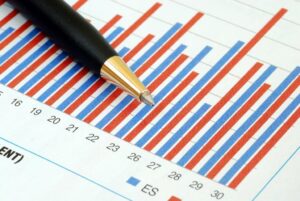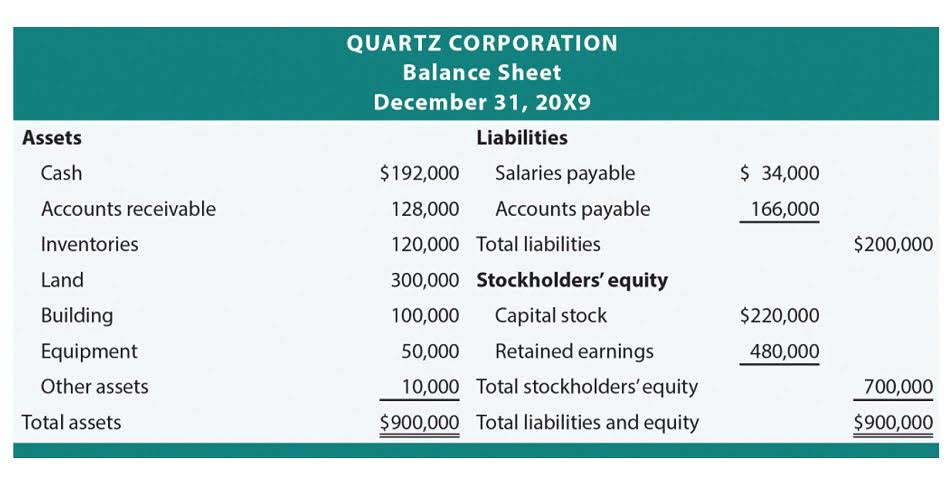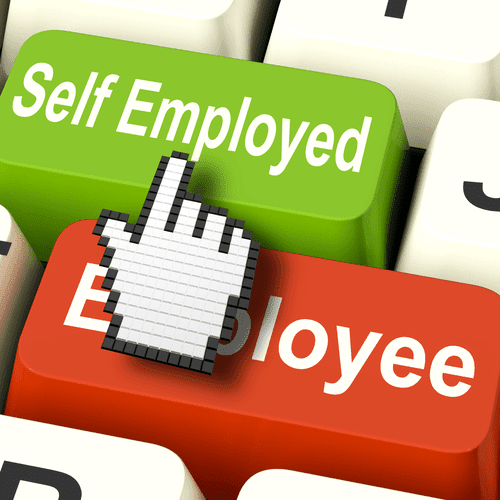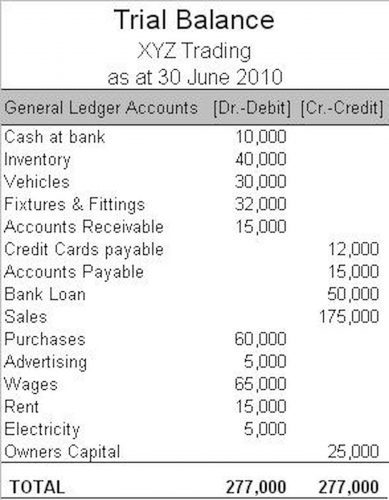Bookkeeping
Retail vs Cost Accounting: Designing Smarter Financial Systems for Supply Chain Efficiency

In fashion and other sectors where changing tastes, styles and/or seasons affect demand, this is especially tricky. Cost accounting, by contrast, relies on the costs of goods, which remain the same, no matter if the retail price changes over a week, a month, a quarter or a year. What that means, experts warn, is that the retail inventory method interferes with sound merchandising and pricing decisions. RIM can even muddy the picture when it comes to inventory shrink. With a strong focus on user needs, workflows, and process optimization, I approach financial systems with the goal of making data easy to interpret and act on.
Is the retail method right for you?

Customers owe money to the company, which is known as accounts receivable. This ensures stock is flowing efficiently and not tying up excess capital. This might result in poor decision-making adjusting entries and financial mismanagement.

Step 3. Reconcile financial records
- This lets you make smart business decisions and keep track of how your business is doing.
- That helps with organization and provides a holistic view of inventory across all locations, saving time and money.
- Cost accounting and retail accounting are the two main methods retailers use for inventory valuation.
- In accounting, price and cost are recorded differently, serving distinct purposes in financial reporting.
- Under the U.S. tax code, businesses can deduct certain costs, like depreciation and interest expenses, to reduce taxable income.
- While inventory represents what you have, COGS focuses on what you’ve sold.
Learn how valuing inventory with the retail accounting method is simple and leads to https://www.bookstime.com/ better financial decision making. Unlike general accounting, retail accounting zooms in on how product costs, markups, and sales translate into profit. It’s about ensuring the numbers behind every sale–from a pack of yarn to a set of premium knitting needles–make sense and add up correctly. Because you assume prices are the same, retail accounting is easy to calculate and can lower your expenses without needing to close the store for inventory counts or pay staff to do it for you. The last in, first out (LIFO) is the opposite of the FIFO method.

Account postings in SAP Sales and Procurement

They will be able to make a recommendation regarding which costing method is most favorable for your business. Also known as the retail inventory method, retail accounting is a process used to estimate the value of a store’s ending inventory for a specific period. This popular method estimates the cost of ending inventory based on the average cost of goods sold throughout a specific period. It’s relatively simple to implement and works well for businesses with steady sales and constant inventory turnover.
Cost Vs Retail Method of Accounting
- Labor refers to any wages to employees which relate to a specific aspect of producing products or delivering services.
- Tax benefits are another advantage of using a retail method of accounting.
- Effective ratio analysis helps in benchmarking against industry standards.
- Retails gets an estimation of its inventory value without assessing the inventory physically in this method.
- By effectively tracking both, small businesses can ensure accurate financial reporting, better decision-making, and improved profitability.
- However, the ways you keep track of your income and expenses might not be the same as what other small businesses do when they do their accounting.
Profit margins, a key measure of financial performance, rely on the balance between price and cost. Gross profit margin depends on setting prices above costs, ensuring operational expenses are covered while contributing to net income. Many companies use cost-plus pricing strategies, adding a markup to costs to determine selling prices.

This insight allows for differential pricing and more accurate profitability analysis than traditional costing methods would provide. Cost accounting emerged retail accounting during the Industrial Revolution as businesses needed better ways to track manufacturing costs and improve efficiency. The development of complex manufacturing processes and the growth of supply chains created a need for more sophisticated cost-tracking methods.